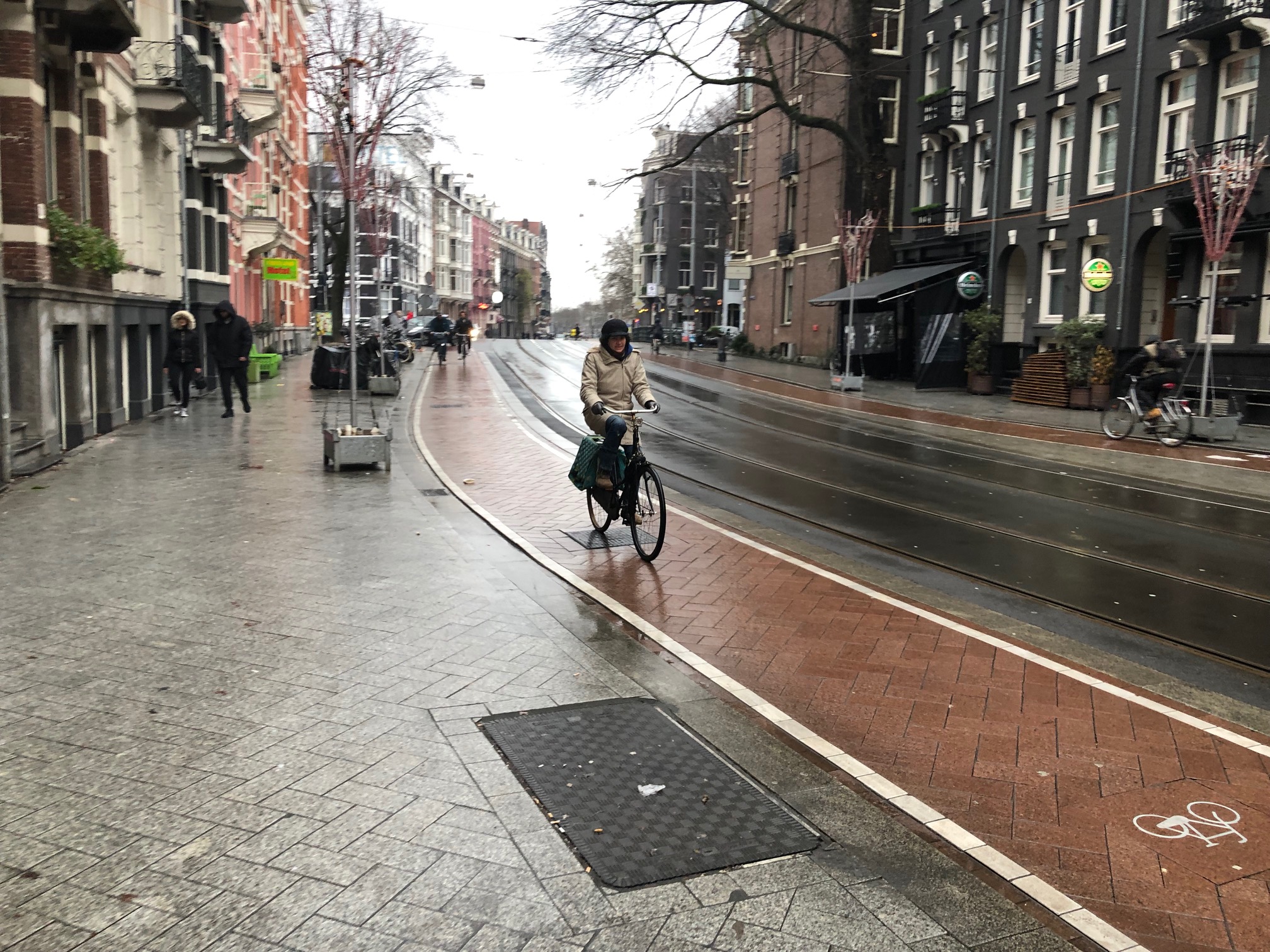By Charles Pekow — A third of cyclist fatalities in Utah take place where cyclists can’t find a safe way to get across the road.
Only “7.3 percent of suspected serious bike crashes and only 6 percent of fatal bike crashes occurred in or near a bike lane.”

Both of these conclusions come from an analysis of traffic safety data done by the Utah Department of Transportation sponsored by the Federal Highway Administration. The examination found that “32.8 percent of fatal bicycle crashes occurred at an intersection while 26.9 percent occurred 15-600 feet from an intersection.” Interestingly, the study found vehicle speed and weather didn’t matter in nearly all the cases.
On the other hand, not only do bike lanes help cyclists, they also appear to make pedestrians safer. As the report says “a bike lane creates an additional buffer between vehicular traffic and the shoulder where pedestrians typically walk, particularly in areas without a sidewalk. Additionally, when crossing a road, bike lanes shrink the width of the roadway where motorized vehicles are typically present.
On corridors with a bike lane, pedestrians are given an extra 5-10 feet of shoulder in which to stand while preparing to cross. Additionally, motorists can see pedestrians entering the roadway for a longer period of time before they enter a vehicle lane conflict point.”
The authors acknowledge they didn’t have adequate data on bicycle volume or knowledge on why bicyclists choose specific routes (high- vs. low-speed lanes, for instance). The report suggests implementing new safety features in certain intersections (medians, fences, lower speed limits, extending sidewalks into auto lanes) and conducting before and after studies.
See “Non-Motorist Fatalities: A Deep Dive” at https://rosap.ntl.bts.gov/view/dot/67218








